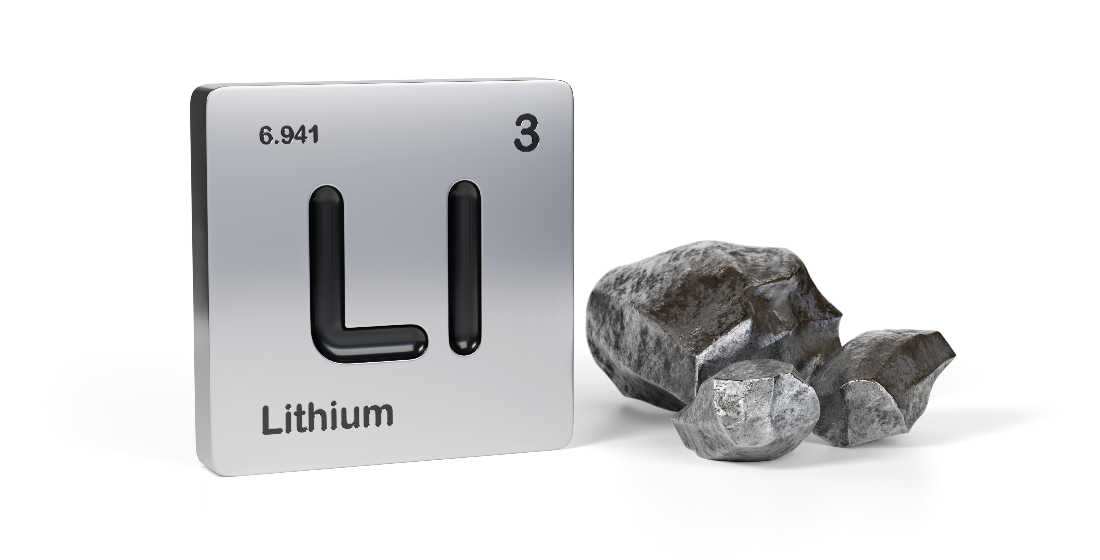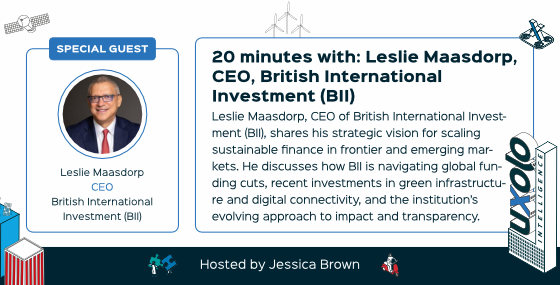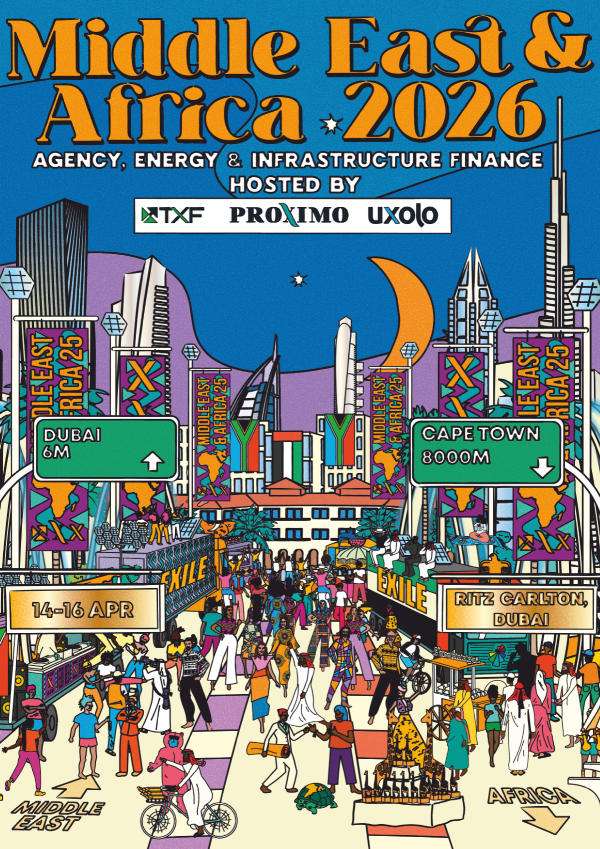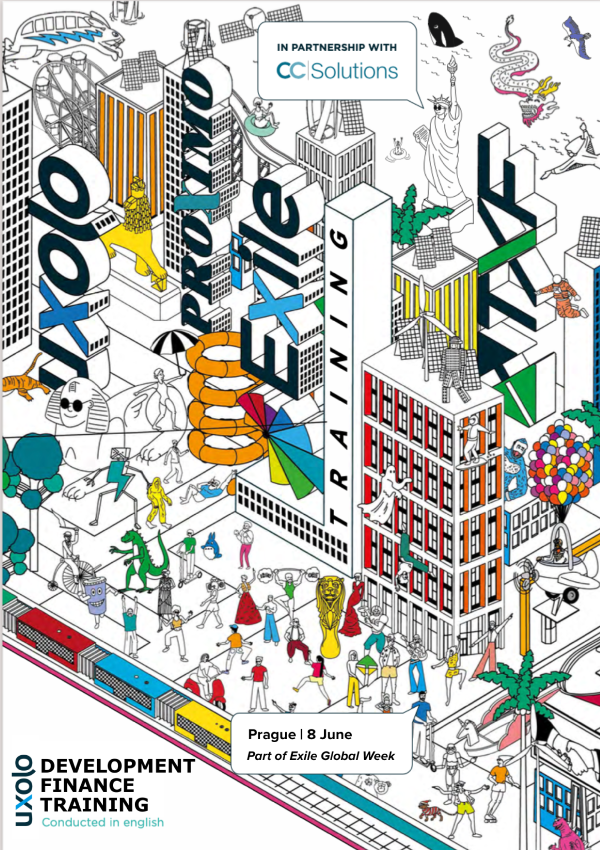Risk transfer mechanisms can help bridge $3.7trn development finance gap
An OECD report calls for development finance actors to use risk transfer mechanisms to mobilise more private sector funding for the sustainable development goals.

In 2015, the UN General Assembly called on the private sector to help deliver the Sustainable Development Goals (SDGs). Six years on, the SDG financing gap remains vast and mobilisation figures – how much development actors mobilise from the private sector – stubbornly low. Indeed, developed countries’ failure to deliver on their Paris Agreement pledge of $100 billion of climate finance a year was a talking point at COP26 in Glasgow earlier in November.
Mobilising commercial investment at the portfolio level can be an effective way to match the needs of small-scale borrowers in developing countries, channelling the large amounts of capital held by institutional investors towards those needs. Risk transfer mechanisms (RTMs) – such as securitisations, co-lending/syndications, guarantees, and risk-sharing facilities – can be one effective way to achieve that goal.
In a report published last month, the OECD called on development finance providers such as donors (governments), their grant-providing aid/development agencies, bilateral development finance institutions (DFIs), and multilateral development banks (MDBs) to use RTMs to make development finance work harder to achieve greater impact.
“The public sector is important, and will continue to be so, but it will not fill this massive financing gap alone,” says Wiebke Bartz-Zuccala, policy analyst - private sector mobilisation, OECD. “There’s a huge demand for additional financing and a lot of that needs to come from the private sector. Our public sector committee members recognise that they need to work much closer with the private sector players to unlock them for the SDGs.”
Empty promises
In 2019, donors mobilised $47.1 billion from the private sector, both at the project level – through guarantees and direct investments, for example – and at the portfolio level, through shares in collective investment vehicles. But that figure is a mere drop in the ocean of the estimated development finance demand of $3.7 trillion per annum until 2030.
“The financing gap is huge. But, at the same time, we see the private sector development financing is stagnating: it was increasing until 2018 and then in 2019 it started to fall for the first time. So there’s a lot of talk around blended finance from the private sector but the numbers aren't backing that talk up,” says Bartz-Zuccala.
The report, 'Making blended finance work for sustainable development: The role of risk transfer mechanisms', published with support from the Swedish International Development Agency (Sida), urges development finance providers to support portfolio approaches such as credit risk transfer mechanisms that connect large-scale commercial finance supply with small-scale borrower demand.
“Many investors and financial institutions consider lending to most SDG-relevant small borrowers too risky,” says Jesper Skoglund, senior transaction manager, SIDA. “What risk transfer mechanisms do is reduce the perceived risk of such transactions, using instruments such as guarantees to transfer much of the risk from the financial institutions to public institutions like SIDA.”
Public institutions can use three entry points to mobilise commercial capital at scale with credit risk transfer mechanisms:
- As the originator: DFIs and MDBs can offset or share credit risk – stemming from their lending operations – to or with commercial actors, thereby allowing DFIs and MDBs to do more;
- As the risk buyer: Aid agencies, DFIs and MDBs can encourage and enable commercial financial institutions to do more in relevant geographies, regions and asset classes by taking on credit risks originated by commercial financial institutions;
- And as the facilitator: Donors and their aid agencies can provide grants and technical assistance for developing bankable risk transfer transactions jointly with the private sector or DFIs, as well as signal to the market the possibilities of RTMs.
“There’s a lot of appetite from investors, but there’s not one transaction that will fit all of them,” says Skoglund. “However, there are some transactions that manage to attract a lot of capital. So we need to scale-up and replicate what works, and we need to encourage good originators with good access to local markets to syndicate more risks, which will allow them to do more.
“One instrument that can help is the securitisation. The EIB has been very active in Europe deploying synthetic securitisations as a way to boost SME and MSME lending in the region; freeing up a lot of capital on the existing book of the banks and creating incentives for the banks to conduct more lending,” says Skoglund. “Similar initiatives would be able to significantly contribute to sustainable development in other parts of the world, even if the regulatory frameworks will likely be less consistent.”
One landmark example, however, was the African Development Bank’s (AfDB) Room2Run transaction in 2019, which was the first-ever synthetic securitisation of an MDB’s portfolio of private-sector loans. It allowed the AfDB to offset credit risk of $1 billion of private sector loans across Africa, freeing up $650 million in capital for additional lending. Commercial investors included the Mariner Investment Group as anchor investors, with the European Commission providing credit enhancement in the form of a credit risk guarantee on the senior mezzanine notes via the European Fund for Sustainable Development.
Donors must address RTM roadblocks
DFIs and MDBs are well-positioned to release credit risk from their balance sheets in order to finance additional projects. In doing so, they can offset segments of their loan portfolios to commercial investors and focus on new lending. To facilitate the scaling of that type of transaction, the report urges donors – as owners of the DFIs and MDBs – to invest in having a better understanding of both the impact of risk transfer on DFIs’ and MDBs’ balance sheets and the role of rating agencies, as well as to ensure that the right incentives are in place for the DFIs and MDBs.
Development finance actors can also increase the large footprint that commercial financial institutions have on the ground by standing ready to take on board parts of their credit risks, sharing it with other commercial investors and enabling financial institutions in the field to do more. The report calls for donors to invest in understanding the bottlenecks to increasing the numbers of such transactions, including the lack of local regulation, limited availability of sufficiently large high-quality portfolios, as well as misaligned incentives.
Donors should assume the role as market builders in the RTM-for-development space, the report adds. They should seek to facilitate RTM transactions by providing grants and technical assistance for the infrastructure or data requirements associated with RTMs, and by building capacity on the lender or risk buyer side – for example, with respect to the assessment of portfolio risk.
“There are challenges related to regulation, access to data, know-how etc. But in many of those areas, market actors could provide technical assistance and education to create the market,” says Skoglund.
“The potential [of RTMs to mobilise private sector finance] is huge.”





